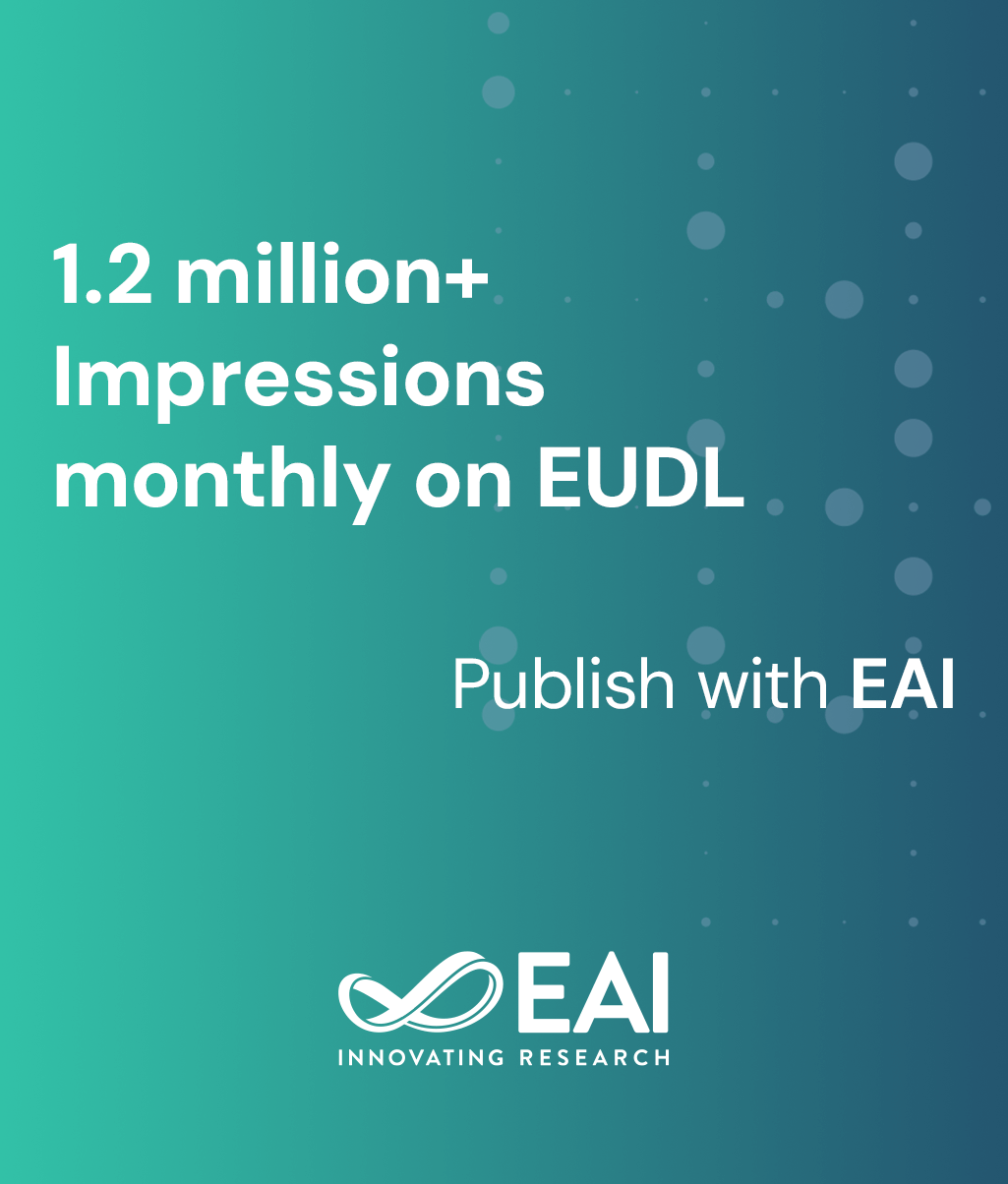
Research Article
A Naive approach: Translation of Natural Language to Structured Query Language
@ARTICLE{10.4108/eetsis.4344, author={Jyotirmayee Rautaray and Pranati Mishra}, title={A Naive approach: Translation of Natural Language to Structured Query Language}, journal={EAI Endorsed Transactions on Scalable Information Systems}, volume={11}, number={1}, publisher={EAI}, journal_a={SIS}, year={2023}, month={11}, keywords={Natural language query, Natural language processing, Natural language generation, SQL query, Syntactic analysis, Semantic analysis, Data dictionary, Natural language information database}, doi={10.4108/eetsis.4344} }- Jyotirmayee Rautaray
Pranati Mishra
Year: 2023
A Naive approach: Translation of Natural Language to Structured Query Language
SIS
EAI
DOI: 10.4108/eetsis.4344
Abstract
A database is a major source of information which plays an important role in our life. Information retrieval from the database requires formulating a querythatisunderstandablebythecomputerinordertoproducedesiredoutput. Generally, databases work with structured query language (SQL). But a naive user usually unfamiliar with the structured query language as well as structure of the table in the database. Hence, it becomes very difficult for the naïve-user to collect the desired information. This paper provides a solution to this problem and it enables users to retrieve information through natural language, such as English language. Being able to access information from the database by using natural language bridges the man-machine gap. Tokenization, lexical analysis, syntactic analysis, semantic analysis, and other complex stages are all involved in converting a natural language query into a SQL query. The purpose of this paper is to translate natural language queries into Structure Query Language queries, allowing non-technical people to get connected to databases and to gather the required information.
Copyright © 2023 J. Rautaray and P. Mishra et al., licensed to EAI. This is an open access article distributed under the terms of the CC BY-NC-SA 4.0, which permits copying, redistributing, remixing, transformation, and building upon the material in any medium so long as the original work is properly cited.


